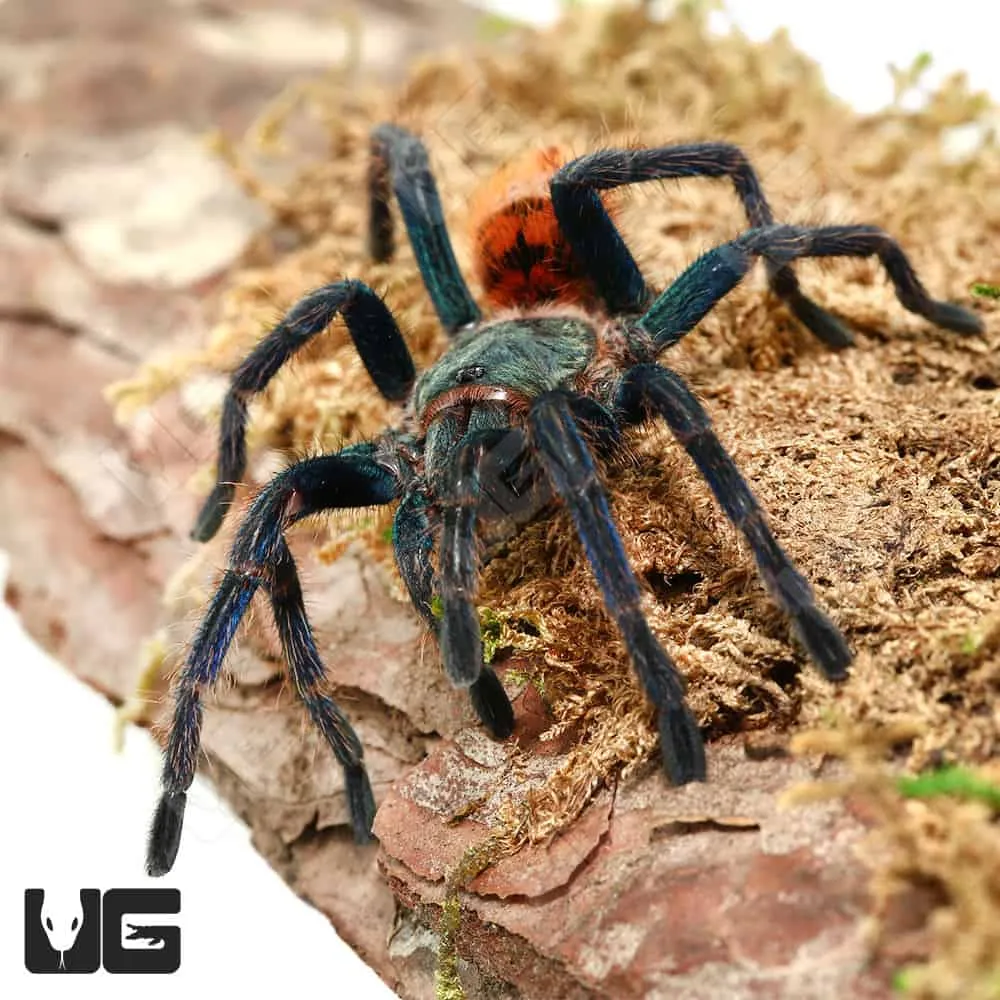Choosing the Right Substrate for Your Green Bottle Blue Tarantula
Providing the right substrate is crucial for the health and well-being of your Green Bottle Blue (GBB) tarantula. The substrate not only serves as a bedding material but also plays a vital role in regulating humidity, allowing for burrowing, and providing a sense of security for your pet. This guide will walk you through the essential factors to consider when selecting the perfect substrate for your GBB, ensuring a thriving and happy tarantula. Choosing the right substrate can seem daunting, but with a bit of understanding, you can create an ideal habitat for your fascinating pet. The correct substrate aids in maintaining proper humidity levels, which are vital for successful molting and overall health. Additionally, the substrate provides a surface that allows your GBB to express its natural burrowing behaviors, which are essential for their well-being and psychological health.
Understanding Green Bottle Blue Tarantula Substrate Needs
Before delving into the specifics of various substrates, it’s important to understand the specific needs of GBB tarantulas. These spiders have unique requirements that must be met to ensure their comfort and survival. Factors like humidity, burrowing tendencies, and the overall environment should be taken into account when selecting and maintaining your GBB’s substrate.
Humidity Requirements
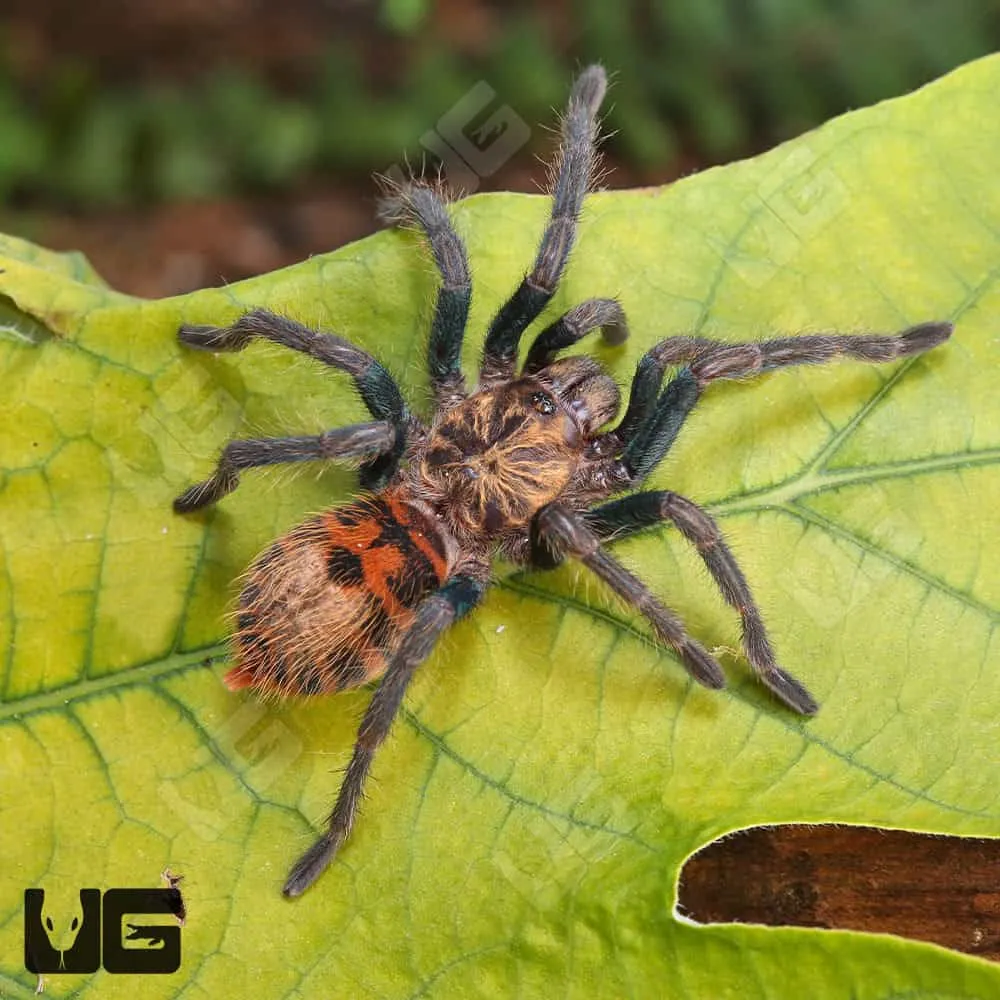
GBB tarantulas thrive in moderately humid environments. Humidity levels should be maintained around 65-75% to facilitate proper molting and prevent desiccation. The substrate plays a significant role in maintaining this humidity. Substrates that retain moisture well, such as coco fiber or a mix of peat moss and vermiculite, are ideal choices. Regular misting of the enclosure, along with appropriate ventilation, will help you achieve and maintain the required humidity levels. Monitoring the humidity with a hygrometer is a good practice to ensure that the environment is always in the proper range.
Burrowing Behavior
While GBBs are primarily arboreal (tree-dwelling) tarantulas, they may still exhibit some burrowing behavior, especially as juveniles or when they feel insecure. Providing a substrate with enough depth and texture allows them to create shallow burrows or retreats. This behavior is crucial for their well-being, as it allows them to feel safe and secure within their enclosure. Substrates that hold their shape well, such as a mix of coco fiber and topsoil, are suitable for providing these types of opportunities for your GBB.
The Top 7 Substrates for Green Bottle Blue Tarantulas
Now, let’s explore the best substrate options for your GBB tarantula. Each substrate has its unique properties, advantages, and disadvantages. The ideal choice often depends on your preference and the specific needs of your tarantula. Here are the top 7 substrates that are commonly used and recommended by experienced tarantula keepers. These substrates have been tested for their effectiveness in providing the necessary conditions for your Green Bottle Blue tarantula to thrive, and are easily available in most pet stores.
Coco Fiber
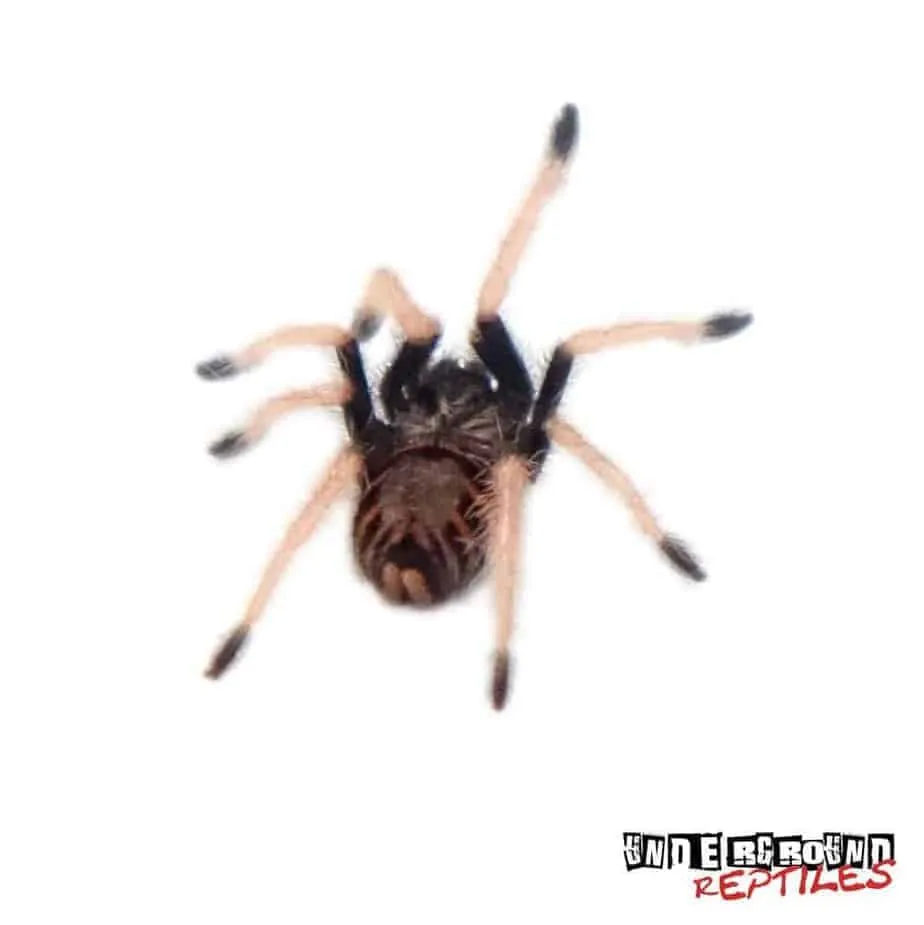
Pros and Cons of Coco Fiber
Coco fiber, also known as coir, is a popular choice due to its excellent moisture retention and natural look. It’s made from the husks of coconuts. Coco fiber is an eco-friendly choice and a widely available substrate for tarantulas. However, it can sometimes mold if kept too wet, and some keepers find it dusty. Make sure the product is free of pesticides before using it, as it can harm your tarantula. It provides a good base for burrowing if mixed with other materials, and many keepers use it as the sole substrate due to its ease of availability and relatively low cost.
How to Use Coco Fiber
To use coco fiber, moisten it thoroughly before adding it to the enclosure. The depth should be at least 2-3 inches, or deeper if you wish to encourage burrowing. Monitor the humidity levels and mist as needed to maintain the proper range. Regularly check for mold and replace the substrate as needed. The key is to start with a slightly moist base, and then to mist as needed, but not so much as to saturate the entire substrate.
Sphagnum Moss
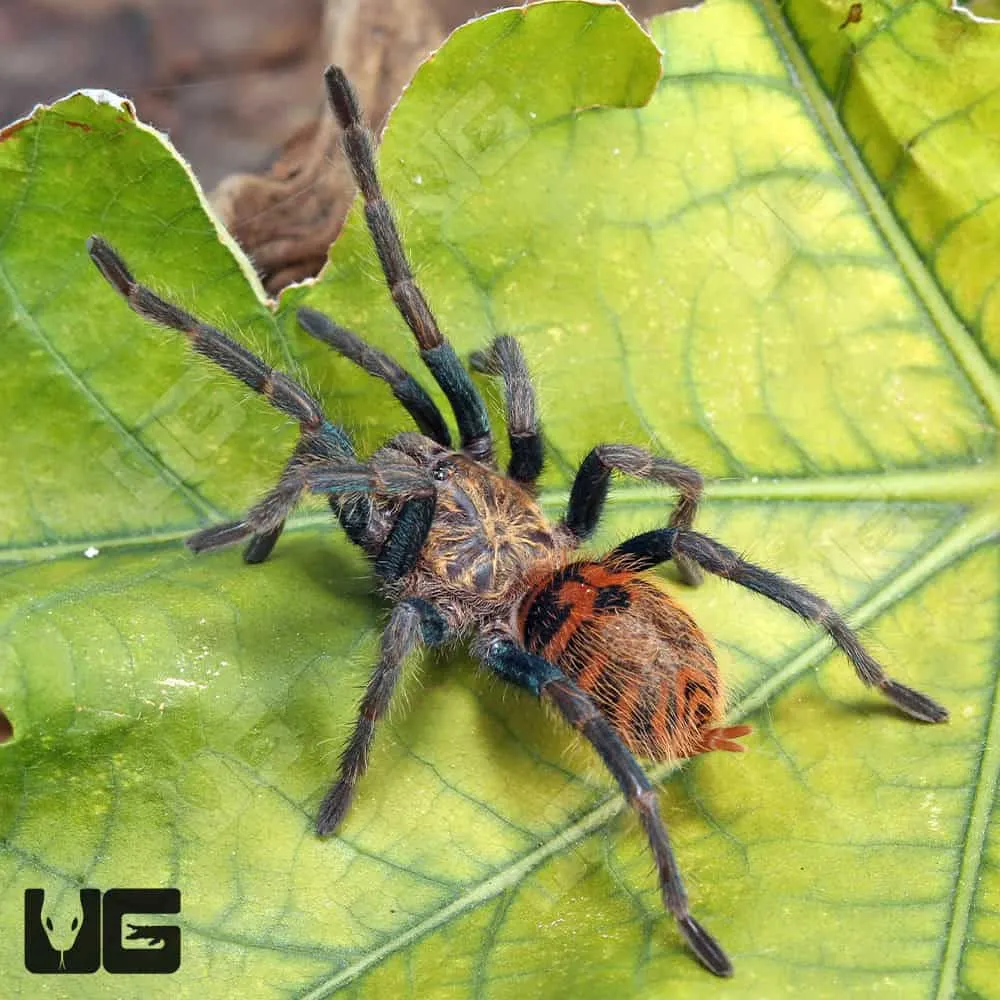
Pros and Cons of Sphagnum Moss
Sphagnum moss is another excellent option for retaining moisture and creating a humid environment. It’s a natural material that looks aesthetically pleasing in the enclosure. However, it can sometimes be more expensive than other substrates, and it may not be ideal for burrowing. It is also a good option if you need to spot clean, as you can remove small sections of it when waste or other debris is present. It also needs regular monitoring to prevent mold growth.
How to Use Sphagnum Moss
Dampen the sphagnum moss before adding it to the enclosure. Use it in conjunction with other substrates, such as coco fiber, to provide varied textures and better burrowing opportunities. Ensure it is not packed too tightly to allow for proper air circulation. Replace it when it starts to dry out or shows signs of mold.
Vermiculite
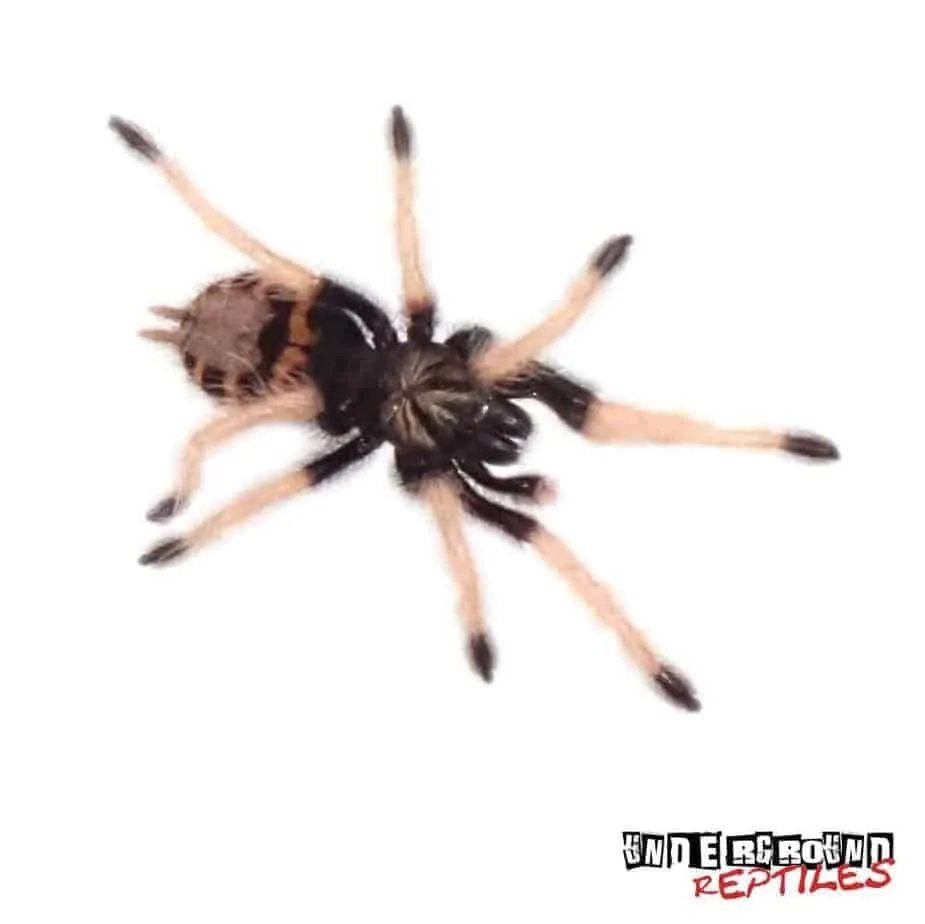
Pros and Cons of Vermiculite
Vermiculite is a mineral that can hold a lot of water, making it great for humidity. It is also good at retaining moisture and helping to maintain humidity levels. Vermiculite is often used to help with molting. Vermiculite isn’t the best for burrowing on its own, and may be prone to mold. Because of its tendency to hold water, it must be regularly checked, and replaced when necessary.
How to Use Vermiculite
Mix vermiculite with other substrates like coco fiber or peat moss. This will help to balance the humidity and add a bit of texture. Moisten the vermiculite before adding it to the enclosure. Monitor the humidity levels and replace the substrate if you see signs of mold or excessive moisture.
Peat Moss
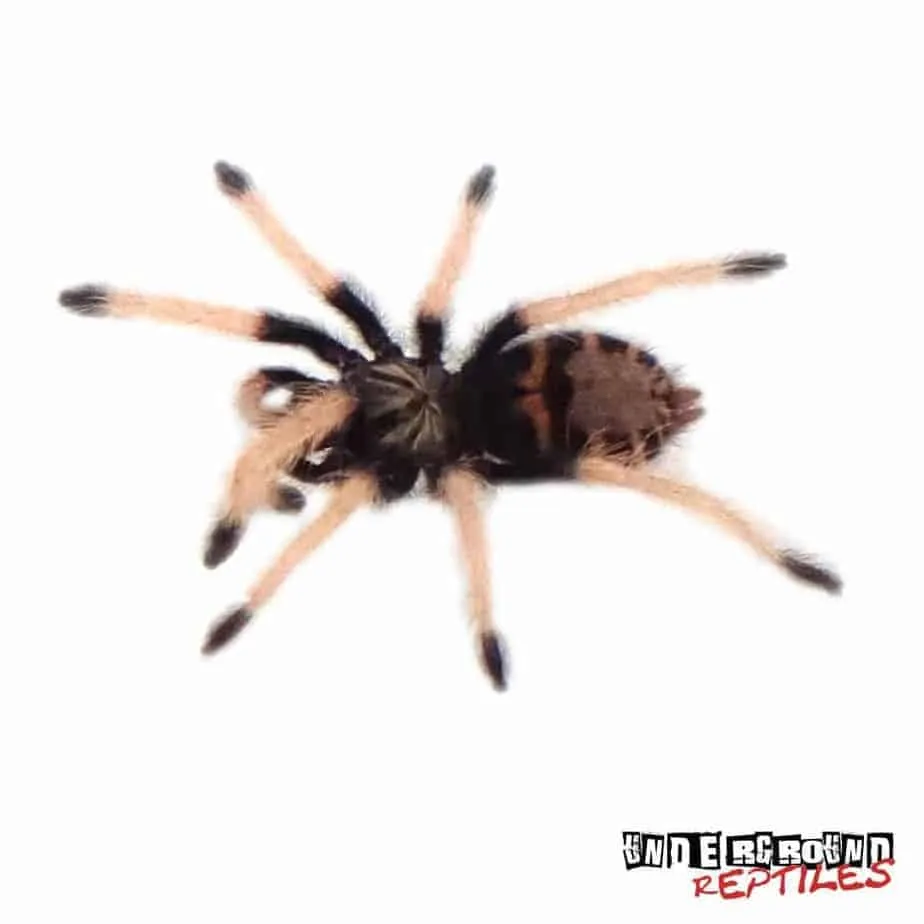
Pros and Cons of Peat Moss
Peat moss is an affordable substrate that retains moisture and is a good choice for tarantula enclosures. It is also naturally acidic, which can help prevent mold growth. Peat moss can sometimes be dusty, and may not be suitable for burrowing by itself. It can also compact over time. Always ensure your peat moss is pesticide-free.
How to Use Peat Moss
Moisten peat moss before adding it to the enclosure. You can mix it with coco fiber or vermiculite to improve its texture and moisture retention. Monitor the humidity and replace the substrate as needed, paying close attention to potential mold issues.
Topsoil
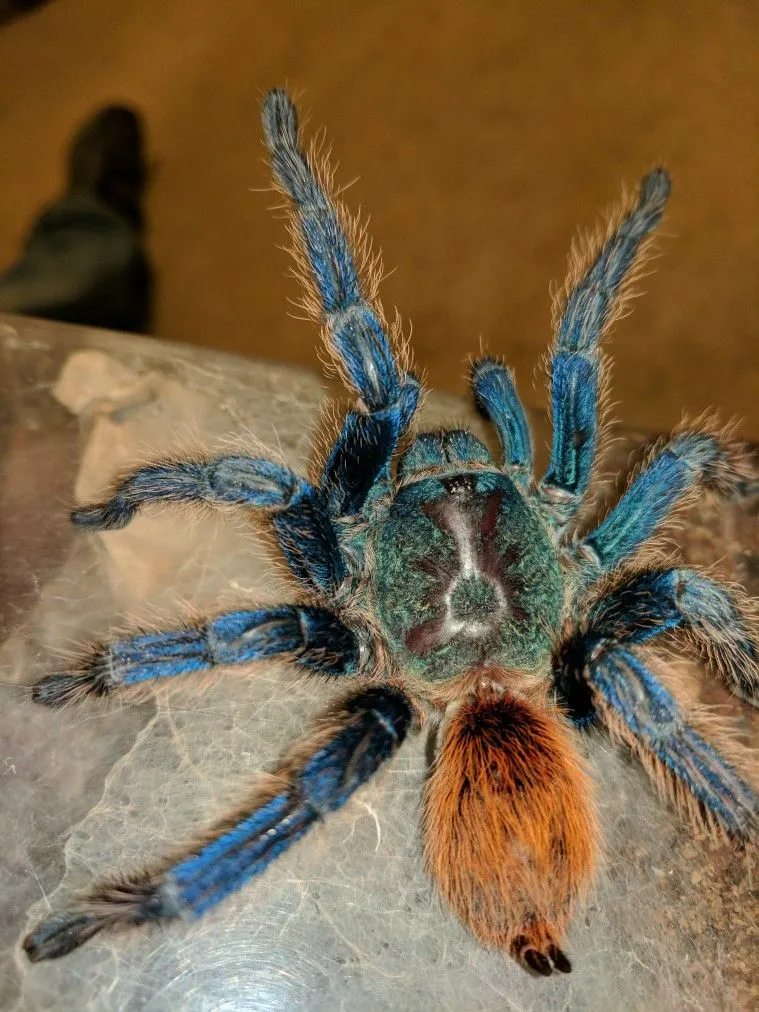
Pros and Cons of Topsoil
Topsoil provides a more naturalistic substrate. It allows for excellent burrowing opportunities. It is also readily available and cost-effective. Be sure that you only use topsoil that does not have any added fertilizers or pesticides. It can compact easily and may not retain as much moisture as other options. It is important to ensure the topsoil is free from any harmful chemicals or additives that could harm your tarantula.
How to Use Topsoil
Use topsoil mixed with other substrates like coco fiber or peat moss. Ensure the soil is free of fertilizers or pesticides. Moisten it before adding it to the enclosure. The depth of the substrate should be sufficient to allow burrowing, ideally at least 4-6 inches, to accommodate the tarantula’s natural digging behavior. Regularly check the substrate for dryness and moisture levels.
Substrate Mixes
Creating substrate mixes can be a great way to combine the benefits of multiple substrates. This can allow you to create the perfect environment for your GBB. Different mixes will give you control over humidity and burrowing capabilities.
Creating Custom Substrate Blends
Experiment with different combinations to find what works best for your tarantula’s specific needs. A common mix is coco fiber, peat moss, and vermiculite. You can also add a layer of sphagnum moss on top to increase humidity. When creating a custom blend, consider the humidity needs of your GBB, their burrowing tendencies, and the aesthetic of the enclosure.
Substrate Depth and Tank Setup
The depth of the substrate and the overall setup of the tank are critical for the well-being of your GBB. The substrate depth influences humidity levels, and burrowing. The correct tank setup replicates your tarantula’s natural habitat.
Determining the Right Depth
The depth of the substrate should depend on the size of your tarantula and the substrate used. For GBBs, a depth of 3-6 inches is generally recommended. This depth allows for some burrowing behavior and proper humidity maintenance. Adjust the depth based on the substrate mix and your tarantula’s behavior. Check for proper ventilation and ensure the enclosure has a secure lid to prevent escape.
Creating a Naturalistic Environment
Adding elements like cork bark, hides, and fake plants can enhance the enclosure and provide a more natural environment. This will help your tarantula to feel more secure. Place the substrate in a way that provides both open space and areas for hiding. Provide a water dish with fresh water at all times, and monitor the water level regularly.
Substrate Maintenance and Care
Proper maintenance is crucial for the long-term health and well-being of your GBB. Regular monitoring, cleaning, and substrate replacement ensure that the environment remains optimal. This will help ensure that your tarantula thrives for years to come.
Monitoring Humidity Levels
Use a hygrometer to monitor humidity levels regularly. This will give you a clear idea of whether you need to make any adjustments. Adjust the substrate by misting more or less frequently depending on the humidity readings. Proper humidity is critical for the GBB’s ability to molt successfully.
Cleaning and Replacing Substrate
Spot-clean the enclosure weekly by removing any uneaten food, molts, or feces. Replace the substrate entirely every 6-12 months, or more frequently if needed. When replacing the substrate, remove the old material, clean the enclosure, and add fresh, moistened substrate. Regular cleaning will keep your tarantula’s habitat clean and hygienic.
Addressing Mold and Pests
Check the substrate for mold or other pests regularly. If you see mold, remove the affected area immediately and adjust the humidity or ventilation. Introducing springtails or other beneficial insects can help control mold and pests. If pests become a problem, consider a complete substrate change and cleaning of the enclosure. Good ventilation and a balanced humidity level will help to prevent these problems.
